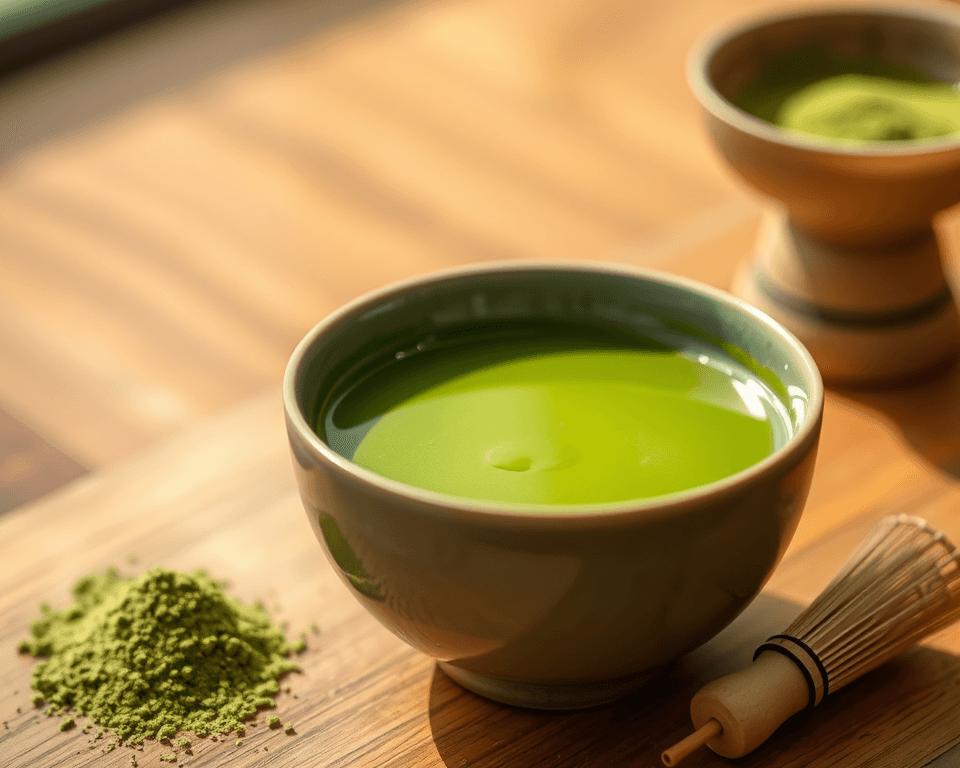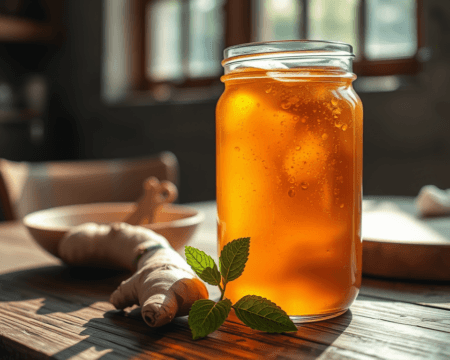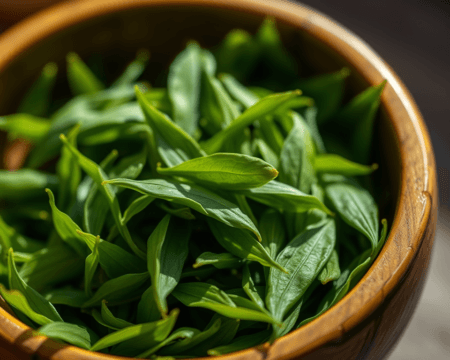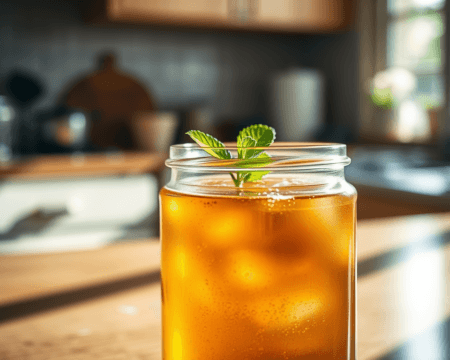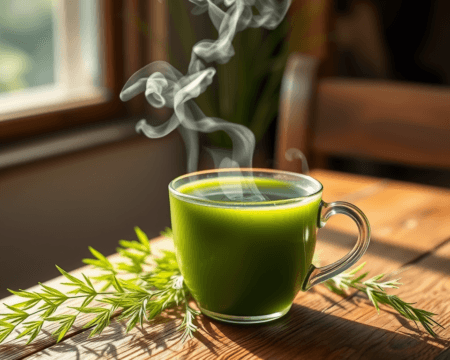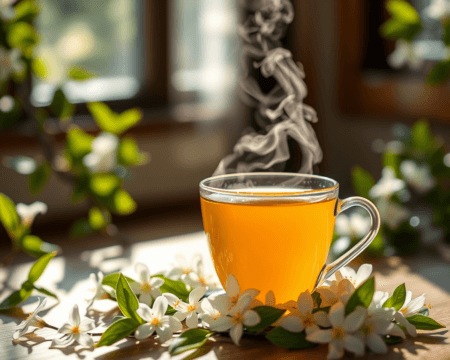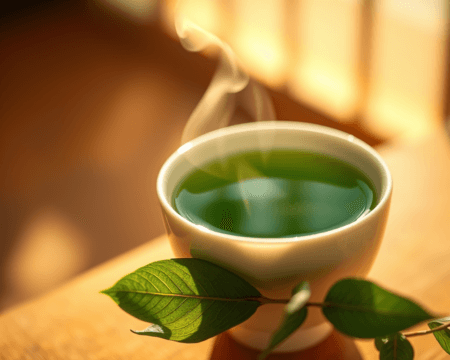You might be wondering what the hype is surrounding matcha. I mean, it seems to spring up everywhere—from trendy cafés to health food aisles—yet it’s often lumped in with coffee and tea. Let’s cut through the noise and get to the core of what makes matcha tick. It’s time to get the lowdown on its origins, health benefits, and its special spot in the beverage hierarchy: that’s right, we’re gonna carve out matcha’s identity right next to coffee and tea.
Key Takeaways
- Matcha originates from Japan and is steeped in cultural significance, particularly in traditional ceremonies.
- The caffeine in matcha offers a unique energy boost, enhancing focus without the jitters, making it distinct from coffee and tea.
- Nutritionally, matcha is a powerhouse, boasting antioxidants that support wellness.
- Misconceptions abound about matcha preparation and its differentiation from other green teas; let’s clear those up.
What is Matcha? An Overview
The Origins and History of Matcha
Matcha’s roots sprouted in Japan, specifically in the region of Uji, where this unique green tea has been cherished for centuries. Back then, matcha wasn’t just a drink; it was a ceremonial tea celebrated during Zen Buddhist rituals. Fast forward a few hundred years, and it’s become a staple not only in Japan but all over the world.
Traditional Japanese ceremonies often highlight matcha’s historical tea culture, showcasing the craftsmanship behind every bowl served. From the cultivation process to the ceremonial preparations, the journey of matcha encompasses an artistry that extends beyond mere sipping. Grab a cup of Uji matcha, and you’re tasting history in its purest form.
How Matcha is Made
Let’s break down the making of this vibrant green powder. It all starts with shade-grown tea plants. These plants are covered for several weeks before harvest, enhancing the chlorophyll and giving the leaves that bright green hue. Matcha cultivation is meticulous and requires skilled hands to ensure every leaf is perfect.
Once harvested, it’s all about processing. The leaves undergo steam drying to prevent oxidation, preserving their brilliant color and nutrients. The final step involves stone grinding, where the leaves are ground into a fine powder. This isn’t just about creating matcha powder; it’s about crafting a beverage that retains the highest levels of flavor and nutrition.
Matcha vs. Coffee vs. Tea: A Caffeine Comparison
Caffeine Content Analysis
Now, let’s talk about caffeine. Everyone loves a pick-me-up, right? Here’s the thing: matcha packs a unique punch compared to coffee and regular tea. When you sip matcha, you’re getting about 70 mg of caffeine in a typical serving, which is typically less than a cup of coffee (about 95 mg) but more than most green teas (which average around 30 mg).
What sets this apart is how caffeine absorption works with matcha; it releases more gradually, meaning that you can enjoy an energy boost without the jitters that often tag along with coffee. It’s all about those stimulant effects. You’ll stay focused without feeling like you’re about to bounce off the walls.
Health Benefits Associated with Matcha, Coffee, and Tea
Matcha isn’t just about caffeine—this green goodness comes packed with health perks. Loaded with antioxidant properties, it can help strengthen your immune system and support weight management. The key player here is epigallocatechin gallate (EGCG), a powerful antioxidant found in matcha that’s credited with various health benefits, including potential weight loss.
When you stack this up against coffee and tea, you see some fascinating comparisons. Coffee may give you that instant boost, but matcha offers sustained energy and a ton of nutritional analysis showcasing its benefits as a superfood. Pair that with a cozy afternoon tea, and you’re looking at a diverse lineup of wellness drinks.
Nutritional Aspects of Matcha
Comparing Nutritional Profiles
Let’s get into the numbers. Vitamin A, C, E, K, and an impressive array of vitamins and minerals are found in matcha. It strikes a balance of nutrients that other caffeinated drinks simply can’t match. This means that when you’re sipping on matcha, you’re not just quenching your thirst; you’re boosting your nutrients too.
When you compare matcha with coffee and tea, it’s like looking at apples and oranges. Coffee has its own benefits—think antioxidants like chlorogenic acid—but it doesn’t match up to matcha’s complex nutrient profile. Green tea, while also healthy, lacks the uniquely concentrated doses of antioxidants that matcha provides due to its preparation.
Potential Health Risks and Misconceptions
However, it’s crucial to consider the flip side. Like anything good, moderation is key. Some folks might experience allergic reactions or caffeine sensitivity with matcha. There are also misconceptions about this complex drink: it’s not just super healthy, it’s important to consume it wisely. If you enjoy matcha lattes every day, be mindful of the sugar content added to those drinks.
Let’s bust a few myths while we’re at it: no, matcha isn’t going to solve all your health issues, and yes, you can have too much of a good thing. Staying informed about your informed choices helps you embrace matcha’s benefits without oversaturation.
Cultural Significance of Matcha
Matcha in Japanese Culture
In Japan, matcha isn’t just a drink; it’s an experience. The tea ceremony is an art form that embodies harmony and respect. Take, for instance, the meticulous steps in preparing matcha: from selecting the right tea bowl to the precise whisking techniques. This isn’t just a ritual; it’s a cultural heritage that honors centuries-old traditions.
The significance reaches into concepts like Zen Buddhism, emphasizing mindfulness and appreciation for simplicity. That’s the beauty of matcha; it’s a bridge between community and self-reflection.
The Global Rise of Matcha
Now, step outside Japan, and you’ll witness matcha skyrocketing in popularity around the globe. From matcha-infused ice creams to lattes that pop on Instagram, its international matcha trends can’t be ignored. Health movements are pushing matcha into Western diets, spotlighting its versatility in everything from smoothies to baked goods.
We’re seeing culinary fusion at its finest. Cafés are getting creative, blending matcha into unique dishes that cater to health-conscious consumers. People are recognizing not just the global appreciation for matcha but its role in culinary innovation.
Exploring Misconceptions about Matcha
Understanding Matcha Preparation Methods
You might think matcha preparation is simple, but there’s a world of technique behind it. Whisking matcha isn’t just a casual flick; it’s a dance that transforms the fine powder into a frothy delight. If you’ve only had a commercial blend, you’re missing out. Proper matcha brewing techniques can elevate your experience, turning a casual drink into an occasion.
Think about different matcha recipes you can experiment with—matcha lattes, iced matcha, or even a matcha smoothie bowl packed with nutrients. The methods can vary widely, but mastering them opens up a delectable world of flavors.
Distinguishing Matcha from Other Green Teas
Finally, let’s break down the misinformation that lumps matcha into the green tea category. Matcha is unique—it’s essentially powdered green tea, allowing you to consume the whole leaf and reap the maximum benefits. Regular green tea is brewed, meaning it’s steeped in water, and not all those glorious nutrients make it into your cup. It’s time to respect matcha’s classification of teas.
Thinking about matcha versus green tea, it’s crucial to recognize the difference in taste, preparation methods, and health benefits. Matcha is not merely a fad; it’s a lifestyle choice that’s as rich in flavor as it is in history. Each serving tells a story, and every sip connects you to a larger narrative.
Whether you’re getting ready to sip it, bake with it, or blend it into your next smoothie, remember—matcha is more than just a drink. It’s a fantastic adventure in taste, health, and culture waiting for you to embrace it.
Frequently Asked Questions
What is the difference between matcha and regular green tea?
Matcha is powdered green tea made from shade-grown tea leaves, which means you consume the whole leaf, unlike regular green tea where leaves are steeped and discarded. This provides a higher concentration of antioxidants and a unique flavor profile.
How much caffeine is in matcha compared to coffee?
Matcha contains about 70 milligrams of caffeine per 8-ounce serving, which is lower than the average serving of coffee but offers a slower, more sustained energy boost. This makes matcha a popular choice for those sensitive to caffeine spikes.
Can matcha help with weight loss?
While matcha may support weight loss efforts due to its high antioxidant content and ability to enhance metabolism, it should be combined with a healthy diet and exercise for optimal results. There are no miracle foods for weight loss.
How should I prepare matcha for the best flavor?
To prepare matcha, whisk 1-2 teaspoons of matcha powder with about 2 ounces of hot (not boiling) water until frothy. For a creamier texture, you can add milk or a milk alternative. Adjust the water amount according to your taste preference.
Are there any side effects of consuming matcha?
While matcha is generally safe for most people, consuming large quantities may lead to side effects like insomnia, digestive issues, or increased heart rate due to its caffeine content. Moderation is key to enjoying matcha’s benefits.
Is matcha suitable for everyone?
Matcha is usually safe for most adults, but those sensitive to caffeine, pregnant women, and individuals on certain medications or with specific health conditions should consult a healthcare provider before incorporating matcha into their diet.
How should I store matcha powder?
To maintain its freshness and flavor, matcha powder should be stored in an airtight container away from light, heat, and moisture. Keeping it in the refrigerator can help prolong its shelf life.
Can I use matcha in cooking and baking?
Yes! Matcha can be used in various culinary applications, including baking, smoothies, and sauces. Just note that the unique flavor and color of matcha can greatly influence the overall dish, so it’s best to use it in recipes designed to highlight its qualities.
What are some health benefits of matcha?
Matcha is known for its rich antioxidant content, particularly catechins, which may support heart health, boost metabolism, and enhance mental clarity. These benefits, combined with its unique caffeine profile, make matcha a wellness favorite.
Where can I buy high-quality matcha?
High-quality matcha can be purchased at specialty tea shops, health food stores, or online. Look for products that specify “ceremonial grade” for the best flavor and nutritional benefits, as this grade is made from the youngest leaves.




